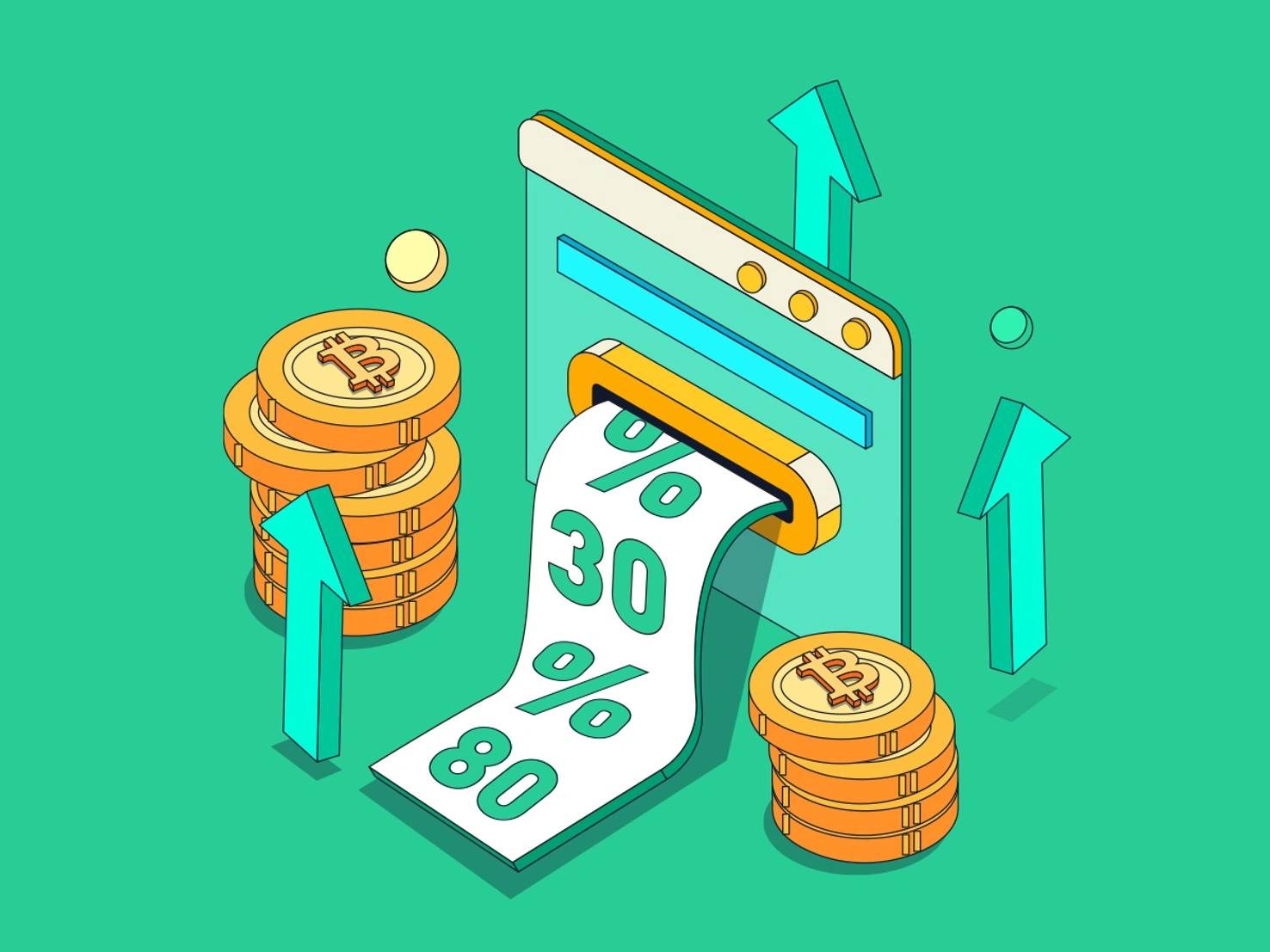위키 구독하기
Share wiki
Bookmark
Annual Percentage Yield (APY)
에이전트 토큰화 플랫폼 (ATP):에이전트 개발 키트(ADK)로 자율 에이전트 구축
Annual Percentage Yield (APY)
**연이율(APY, Annual Percentage Yield)**은 암호화폐(https://iq.wiki/wiki/cryptocurrency) 투자에 대한 복리 연간 수익률을 백분율로 나타낸 것입니다. 수익률에는 원금과 복리로 축적된 이자 모두 포함됩니다. APY는 주로 이자율과 복리 계산 빈도(일별, 주별, 월별 또는 연별)를 기반으로 계산됩니다.[2][6]
APY는 초기 투자와 누적 이자 모두에 대해 얻은 이자를 고려하기 때문에 일반적으로 APR보다 수익성이 높습니다. DeFi 분야에서는 사용자가 얻은 이자를 매일 초기 투자에 재투자하여 수익을 극대화하는 수동 복리 계산을 통해 높은 APY를 달성할 수 있습니다. 복리는 정기적으로 원금 잔액에 자동으로 추가되어 얻는 이자의 총액을 늘립니다. 시간이 지남에 따라 투자된 총액이 계속 증가함에 따라 APR보다 높은 수익을 얻게 됩니다.[9]
APY 계산
APY를 계산하려면 이자율과 복리 계산 빈도를 설정해야 합니다. APY는 다음과 같이 계산됩니다.
- APY = (1 + r/n)^n – 1
- APY = ((1 + 연이율 / 1년 복리 계산 횟수) ^ (1년 복리 계산 횟수)) – 1
예를 들어, 투자자가 연 10%의 이자율을 제공하고 이자를 '매일' 복리 계산하는 스테이킹 프로그램에 100 ETH를 예치한다고 가정해 보겠습니다.
APY를 계산하려면 사용자는 다음을 수행해야 합니다.
-
연간 복리 계산 횟수로 이자율을 나눕니다: (0.10 / 365) = 0.0002739726
-
결과에 1을 더합니다: (1 + 0.0002739726) = 1.0002739726
-
연간 복리 계산 횟수의 거듭제곱으로 올립니다: (1.0002739726) ^ 365 = 1.105155781
-
결과에서 1을 뺍니다: (1.105155781 – 1) = 0.105155781
APY 획득
암호화폐 투자자는 암호화폐를 스테이킹하거나, 저축 계좌에 예치하거나, 수익 농사를 통해 유동성 풀에 유동성을 제공하여 APY를 얻을 수 있습니다.
스테이킹
APY 스테이킹은 지분 증명(PoS) 합의 메커니즘에 참여하여 암호화폐 자산에 대한 이자를 얻는 방법입니다. 투자자는 블록체인에서 거래를 검증하는 동안 자산을 묶어두고, 거래 검증에 대한 대가로 APY를 보상받습니다.[5]
대출
APY 대출은 이자를 받고 블록체인의 스마트 계약을 통해 암호화폐 자산을 대출하는 것을 포함합니다. 이자는 일반적으로 동일한 암호화폐 또는 스테이블코인으로 지급되며 연간 기준으로 계산됩니다.
수익 농사
수익 농사는 더 많은 암호화폐를 얻기 위해 암호화폐를 적극적으로 대출하는 것입니다. 수익 농사꾼은 더 높은 이자 수익률을 찾아 자산을 다른 플랫폼으로 이동하고 전체 프로세스를 거래 전략처럼 취급합니다. 그러나 가장 수익성이 높은 기회를 활용하기 위해 APY를 지속적으로 추적해야 합니다.[8]
유동성 마이닝
유동성 마이닝은 APY 보상을 받고 탈중앙화 거래소(DEX)에 유동성을 제공하는 프로세스입니다. DEX는 사용자가 토큰을 거래할 수 있도록 유동성이 필요하며, 유동성 제공자에게 APY로 보상합니다.[8]
잘못된 내용이 있나요?
